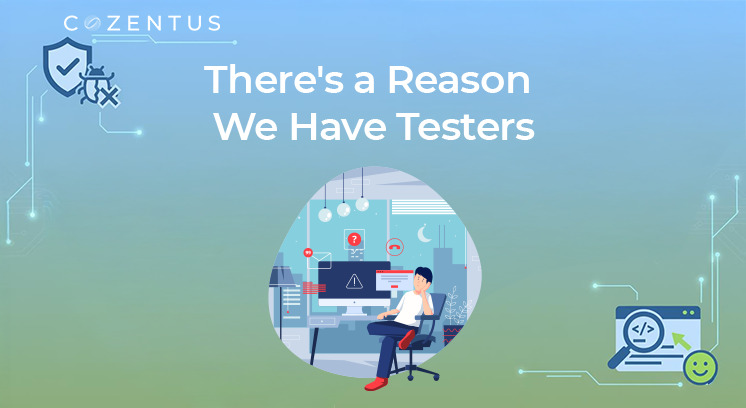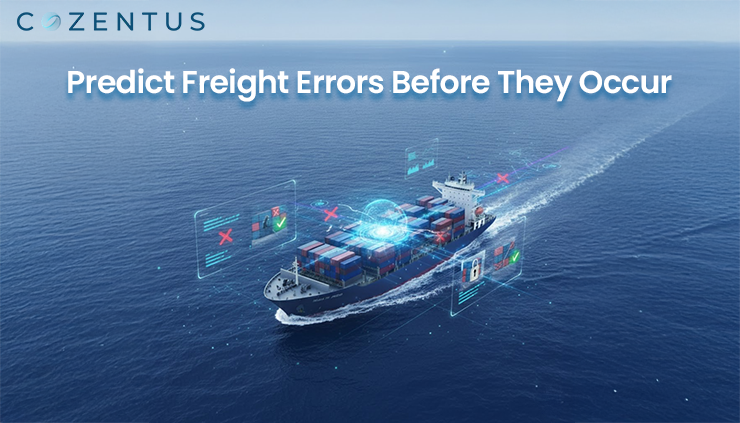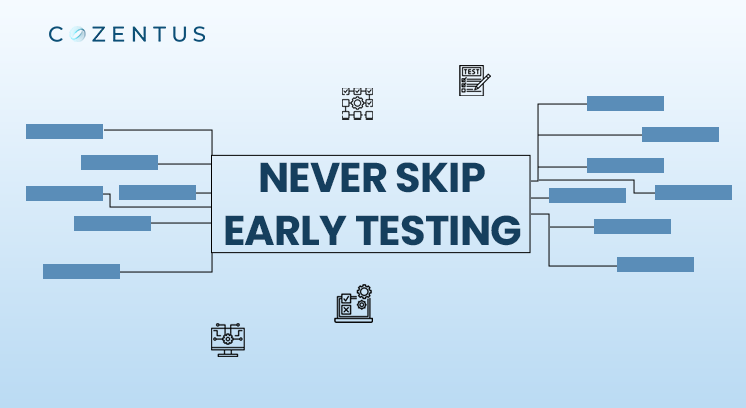The epidemic has disrupted the supply chain and reduced employee numbers, generating disruptions that aren't going away anytime soon. Businesses throughout the nation are rushing to find methods to improve their operations.
Editor’s Note:
More than 80% of warehouses do not employ business process automation. Just as the rest of the world has adjusted to the effects of COVID-19, so should your company. EDI in supply chain management helps reduce operational inefficiencies and maximise your company's assets.
What exactly is automated electronic data interchange?
It's no secret that manually processing everything might cause delays. Consider this: You're squandering necessary time and resources by spending precious minutes and hours fixing faxed or hand-delivered PO mistakes, and you're likely committing additional errors in the process.
EDI was developed to replace the inefficient paper-based technique of transferring documents by fax, mail, or email. It enables business partners to share papers electronically. EDI in supply chain management is a shared platform that only needs a little human involvement between the warehouse and the supplier. Finally, EDI supply chain automation may give clear visibility into the back-end activities of a supply chain, reducing the effect of future difficulties.
Direct EDI supply chain entails connecting directly with each trading partner and controlling all integrations, mapping, monitoring, and maintenance.
Fully Managed EDI in supply chain management Service manages all integrations, mapping, monitoring, and maintenance by a third-party vendor.
- EDI was created to replace the slow paper-based method of exchanging documents through fax, mail or email. It allows business partners to exchange documents electronically.
EDI reduces the need for paper documents and manual data input, saving your company time and money. Furthermore, EDI may help you enhance data accuracy and manage your stocks more effectively. Additionally, EDI may assist you in automating your order-to-cash and procure-to-pay operations. Furthermore, since EDI in supply chain management is a standardised system, it may help you streamline your company processes and lowering expenses.
- Businesses typically take one of two approaches: Direct EDI or Fully Managed EDI Service.
- EDI Direct
Direct EDI supply chain entails firms engaging individually with trade partners to create and maintain EDI connections. This technique necessitates the development of in-house EDI expertise, which may be expensive and time-consuming.
Completely Managed EDI Service
Fully Managed EDI Services offers firms a comprehensive EDI solution that includes connection, data translation, and reporting. This strategy eliminates the need for organisations to build in-house EDI knowledge, saving time and money.
Direct EDI involves directly integrating with every trading partner and managing all integrations, mapping, monitoring and maintenance.
While this is the most effective approach to handling EDI, it is also the most expensive and demanding to deploy. A third-party service provider may link you to your trade partners as an alternative to direct EDI.
Because the service provider will handle all integrations, mapping, monitoring, and maintenance, this might be a more cost-effective and efficient approach to managing your EDI.
When selecting a third-party service provider, evaluate the number of trade partners, the sorts of transactions, and the degree of assistance provided.
Fully Managed EDI Service is outsourcing EDI to a third-party provider that manages all integrations, mapping, monitoring and maintenance.
Businesses may concentrate on their core strengths while benefitting from the provider's EDI experience by outsourcing EDI to a fully managed service. Furthermore, firms may benefit from the provider's economies of scale, resulting in cheaper expenses.
However, outsourcing EDI to a fully managed service has inherent drawbacks. The most dangerous is losing control of the EDI process. When outsourcing EDI, organisations must choose a reputable vendor with a proven track record.
Another danger is vendor lock-in. Businesses that outsource EDI to a fully managed service may rely on the supplier for support and maintenance. Switching providers might be challenging if the connection isn't working out.
Finally, when outsourcing EDI to a fully managed service, firms must be wary of the possibility of hidden charges.
Businesses should consider the following factors when outsourcing EDI to a fully managed service to reduce these risks:
- Choose a service that is dependable and has a proven track record.
- Understand the contract's terms and what they include.
- Ensure that a performance monitoring method is in place.
- Prepare a strategy for switching providers if required.
Bottom Line
Proper EDI in supply chain management integration can increase operational efficiency, partner relations, and customer satisfaction and outperform competitors. However, you must appropriately prepare to deal with installation and maintenance problems and connect your long-term deployment plan with the EDI ecosystem trends.
Recent Post
Subscribe to our newsletter
Stay updated on latest trends and news in the supply chain and logistics industry








